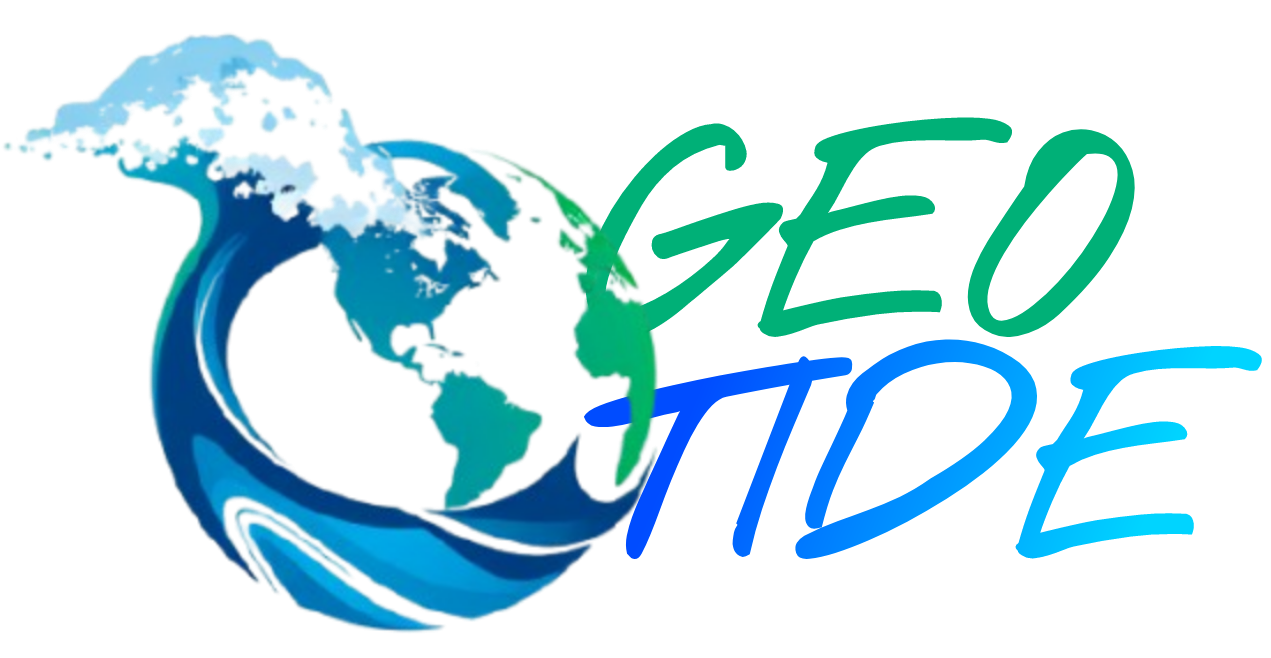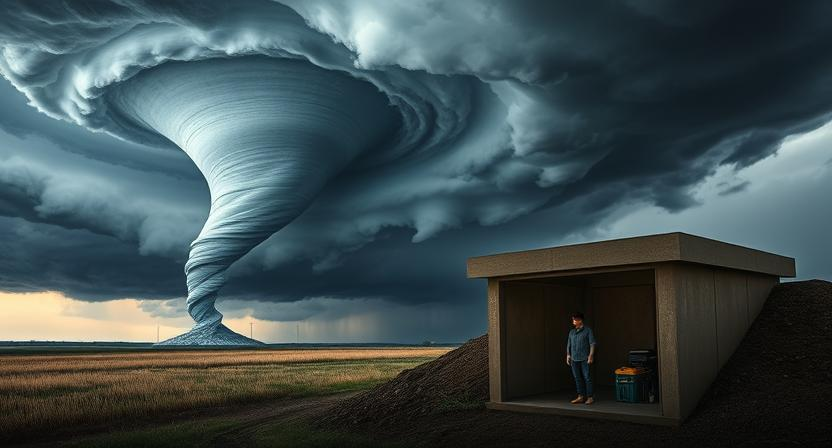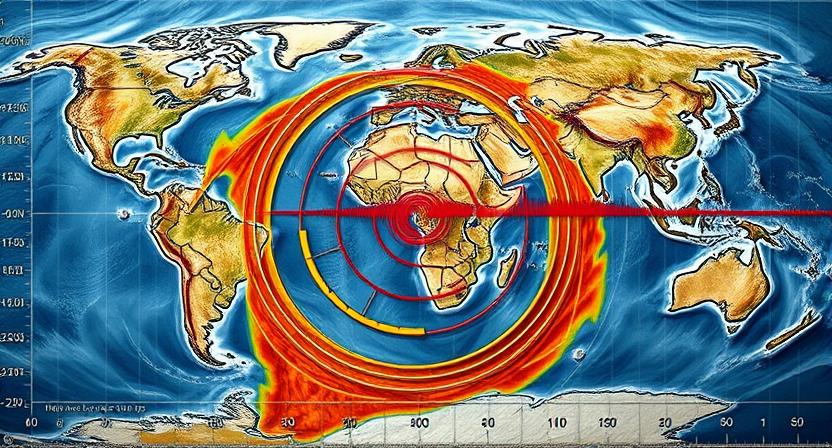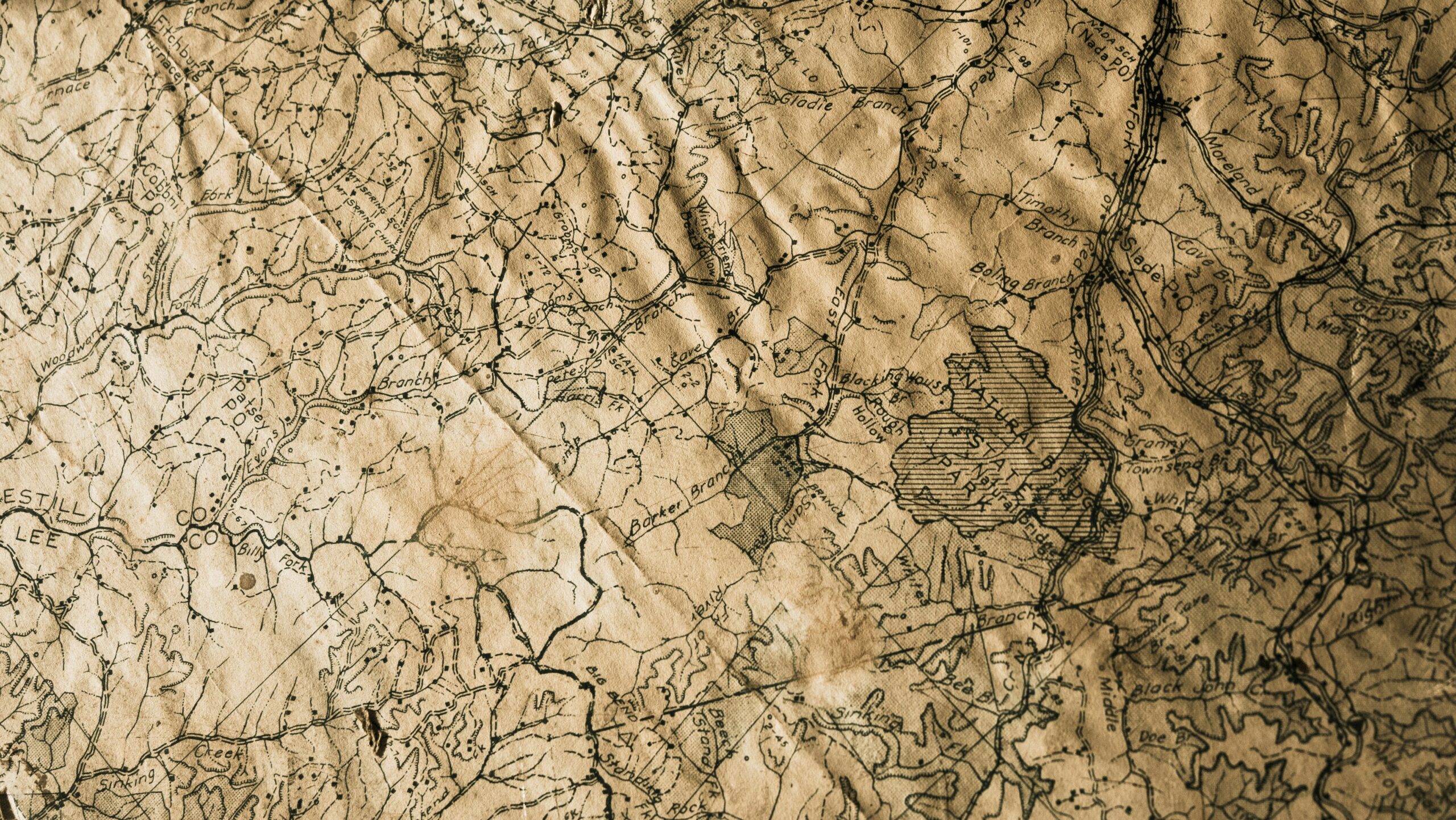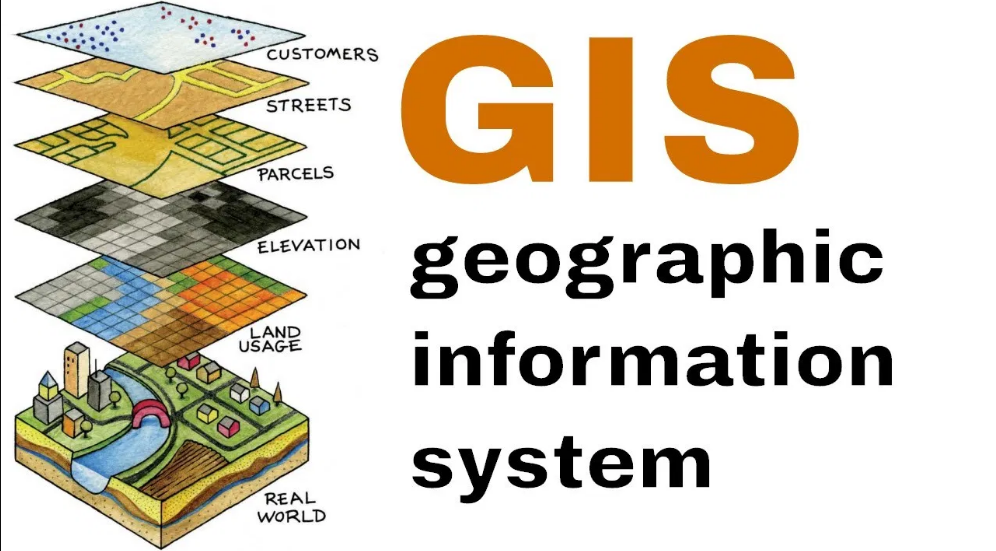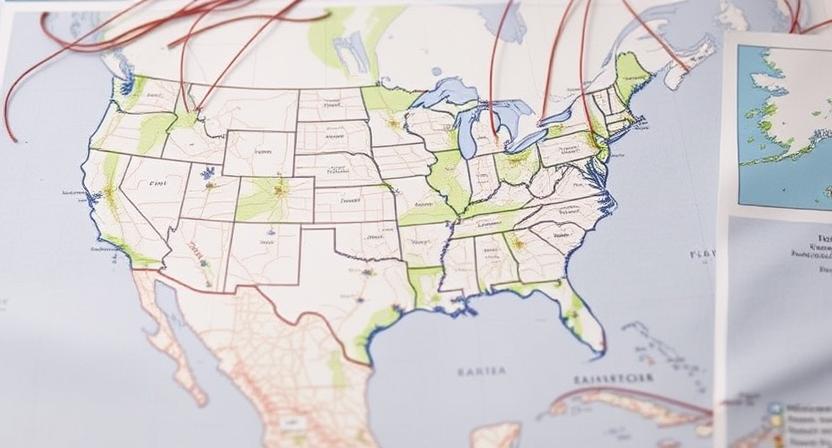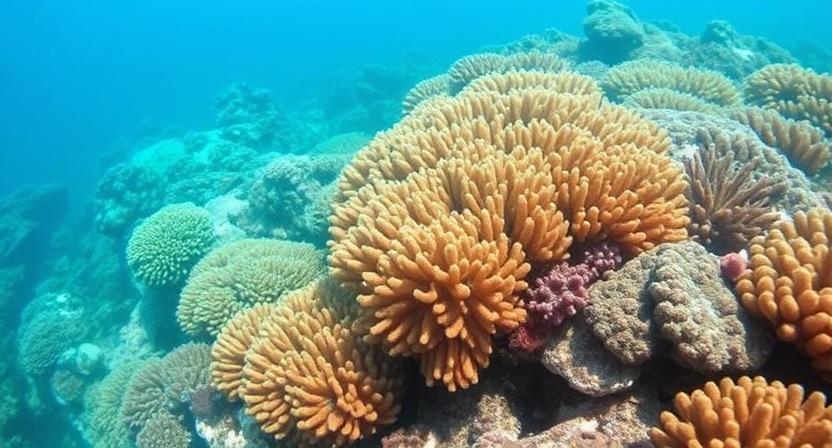
Tsunami Basics

A tsunami, often referred to as a seismic sea wave, is a series of powerful ocean waves caused by the displacement of a large volume of water. These waves can travel across entire ocean basins and generate immense destructive force upon reaching coastal areas. Tsunamis are typically triggered by underwater earthquakes, volcanic eruptions, or underwater landslides that disturb the ocean floor.
Once generated, a tsunami wave travels at incredible speeds across the open ocean, with wavelengths stretching for hundreds of kilometers. Despite appearing relatively small and harmless in deeper waters, these waves can grow significantly in height and ferocity as they approach shorelines, causing devastating impacts on coastal communities and infrastructure. Understanding the basics of tsunamis is crucial for implementing effective disaster preparedness and mitigation measures in at-risk regions.
• Tsunamis are often referred to as seismic sea waves
• They are caused by the displacement of a large volume of water
• Triggered by underwater earthquakes, volcanic eruptions, or underwater landslides that disturb the ocean floor
• Tsunami waves travel at incredible speeds across open oceans
• Despite appearing small in deeper waters, they can grow significantly in height and ferocity near shorelines
What Causes a Tsunami
Tsunamis are primarily triggered by underwater seismic activity, such as earthquakes, volcanic eruptions, or even underwater landslides. When these events occur, they can displace vast amounts of water, setting off a chain reaction that generates powerful ocean waves. In the case of earthquakes, it is the sudden movement of tectonic plates beneath the ocean floor that can lead to the displacement of water above, initiating the formation of a tsunami.
The sheer energy released during these triggering events sends shockwaves through the water, causing it to move outward in all directions. The resulting tsunami waves can travel across entire ocean basins, reaching speeds of up to 500 miles per hour in deep water. As the waves approach shallow coastal regions, their energy becomes concentrated and can culminate in devastating impacts upon reaching the shore.
• Tsunamis are primarily triggered by underwater seismic activity
• Events such as earthquakes, volcanic eruptions, or underwater landslides can displace vast amounts of water
• The sudden movement of tectonic plates beneath the ocean floor during earthquakes leads to water displacement and tsunami formation
• The energy released during triggering events sends shockwaves through the water, causing it to move outward in all directions
• Tsunami waves can travel across entire ocean basins at speeds of up to 500 miles per hour in deep water
• As waves approach shallow coastal regions, their energy becomes concentrated and can result in devastating impacts upon reaching the shore.
Characteristics of Tsunamis
Tsunamis, often referred to as seismic sea waves, exhibit distinct characteristics that set them apart from regular ocean waves. One key feature is their long wavelengths, which can stretch for hundreds of kilometers in the open ocean. This sheer size and energy make tsunamis capable of traveling across entire ocean basins, striking coastlines with devastating force.
Moreover, tsunamis are known for their rapid speeds when crossing the deep ocean, reaching speeds of up to 500 to 800 kilometers per hour. This high velocity allows them to cover vast distances in a relatively short amount of time, making them particularly dangerous for coastal communities. The combination of their immense energy and speed makes tsunamis a formidable natural hazard that requires careful monitoring and preparedness efforts.
• Tsunamis are often referred to as seismic sea waves
• They have long wavelengths that can stretch for hundreds of kilometers in the open ocean
• Capable of traveling across entire ocean basins with devastating force
• Rapid speeds when crossing the deep ocean, reaching speeds of up to 500 to 800 kilometers per hour
• High velocity allows them to cover vast distances in a relatively short amount of time
Historical Tsunami Events
Dating back centuries, tsunamis have left a mark on human history through their destructive power. The 2004 Indian Ocean tsunami, triggered by a massive undersea earthquake, stands as one of the deadliest tsunamis in recorded history, claiming the lives of over 230,000 people across multiple countries. The 2011 Tohoku earthquake and tsunami in Japan not only caused widespread devastation but also led to the Fukushima nuclear disaster, highlighting the far-reaching consequences of these natural disasters.
Throughout the ages, communities along coastal regions have faced the wrath of tsunamis, with historical events like the 1755 Lisbon earthquake and tsunami leaving a lasting impact on the city and its inhabitants. The ancient city of Thera (modern-day Santorini) was also struck by a massive tsunami around 1600 BC, leading to the collapse of the Minoan civilization on Crete. These historical tsunami events serve as somber reminders of the importance of understanding, preparing for, and mitigating the impacts of these formidable natural phenomena.
• The 2004 Indian Ocean tsunami was triggered by a massive undersea earthquake
• Over 230,000 people lost their lives in multiple countries due to the devastation caused by the tsunami
• The 2011 Tohoku earthquake and tsunami in Japan led to the Fukushima nuclear disaster
• Coastal communities have faced the wrath of tsunamis throughout history
• The 1755 Lisbon earthquake and tsunami had a lasting impact on the city and its inhabitants
• The ancient city of Thera (modern-day Santorini) was struck by a massive tsunami around 1600 BC, leading to the collapse of the Minoan civilization on Crete.
The Role of Earthquakes in Tsunamis

Earthquakes play a crucial role in the generation of tsunamis. When an earthquake occurs underwater, it can create vertical movements on the ocean floor, displacing a large volume of water in the process. This sudden displacement sets off a series of waves that travel across the ocean at high speeds, eventually making landfall with devastating consequences. The magnitude and depth of the earthquake, as well as the orientation of the fault line, all influence the size and strength of the resulting tsunami.
The most destructive tsunamis tend to be triggered by powerful undersea earthquakes, particularly those with a magnitude of 7.5 or higher. These earthquakes can cause significant uplift or subsidence of the seabed, leading to the rapid displacement of large volumes of water and the formation of powerful tsunami waves. The seismic waves generated by the earthquake propagate through the water, building up energy and momentum as they travel, culminating in the deadly force of a tsunami upon reaching coastal areas.
• Tsunamis are often triggered by underwater earthquakes
• Vertical movements on the ocean floor displace water, creating waves
• Magnitude, depth, and fault line orientation influence tsunami size and strength
• Most destructive tsunamis are caused by powerful undersea earthquakes with magnitude 7.5 or higher
• Seabed uplift or subsidence leads to rapid water displacement and formation of powerful tsunami waves
Importance of Monitoring Seismic Activity
Regular monitoring of seismic activity plays a crucial role in predicting and preparing for potential tsunamis. By closely tracking the movement of tectonic plates and identifying areas of increased seismic activity, scientists can better assess the likelihood of an earthquake that could trigger a tsunami. This proactive approach allows for early warning systems to be activated, giving communities valuable time to evacuate and minimize loss of life and property.
In addition to earthquake detection, monitoring seismic activity also helps in understanding the potential intensity and direction of a resulting tsunami. The data collected from seismographs and other monitoring devices provide valuable insights into the characteristics of the seismic event, such as the magnitude and depth of the earthquake. This information is essential for accurately predicting the size and impact of the ensuing tsunami, enabling authorities to issue targeted warnings and evacuation orders to the most at-risk areas.
• Regular monitoring of seismic activity helps in predicting and preparing for potential tsunamis
• Tracking tectonic plate movements aids in assessing earthquake likelihood
• Early warning systems can be activated to evacuate communities and minimize loss of life and property
• Monitoring seismic activity provides insights into tsunami intensity and direction
• Data collected from seismographs help understand earthquake characteristics such as magnitude and depth
• Accurate predictions about tsunami size and impact enable targeted warnings and evacuation orders
Signs of a Potential Tsunami
Most tsunamis are triggered by undersea earthquakes, which can generate strong seismic waves that travel through the ocean. These earthquakes often occur in subduction zones, where tectonic plates meet and one plate is forced beneath the other. The sudden displacement of the seafloor during an earthquake can displace a large volume of water, setting off the beginnings of a tsunami.
Another sign of a potential tsunami is the sudden withdrawal of water from the shoreline. This phenomenon, known as a drawback, can be a clear indication that a tsunami may be approaching. As the tsunami wave approaches the coast, it can cause the water levels to recede significantly before the massive wave crashes ashore. Observing this drawback effect can serve as a critical warning sign for individuals in coastal areas to seek higher ground immediately.
• Most tsunamis are triggered by undersea earthquakes
• Earthquakes often occur in subduction zones
• Displacement of seafloor during earthquake can set off tsunami
• Sudden withdrawal of water from shoreline is a sign of potential tsunami
• Known as drawback phenomenon
• Water levels recede significantly before massive wave crashes ashore
The Role of Underwater Landslides in Tsunamis
Underwater landslides play a significant role in triggering tsunamis. When a large amount of sediment, rocks, or debris suddenly moves underwater, it can displace a massive volume of water, generating a powerful wave. These underwater landslides are often caused by earthquakes, volcanic activity, or even the gradual shifting of sediment layers on the ocean floor.
The speed and force of the underwater landslide can determine the size and strength of the resulting tsunami. In some cases, underwater landslides can create tsunamis that are just as destructive as those caused by seismic activity. Understanding the role of underwater landslides in tsunami formation is crucial for early warning systems and disaster preparedness efforts in coastal areas prone to these natural disasters.
• Underwater landslides displace a massive volume of water
• Triggered by earthquakes, volcanic activity, or shifting sediment layers
• Speed and force determine size and strength of resulting tsunami
• Can be just as destructive as tsunamis caused by seismic activity
• Understanding role is crucial for early warning systems and disaster preparedness efforts
The Impact of Meteorological Events on Tsunamis

In addition to geological factors, meteorological events can also play a significant role in the formation and impact of tsunamis. Strong tropical storms and hurricanes have the potential to generate or intensify tsunamis, especially when they coincide with seismic activity such as underwater earthquakes. The strong winds and low atmospheric pressure associated with these weather events can create powerful storm surges that, when combined with tsunami waves, can lead to increased flooding and coastal destruction.
Furthermore, meteorological events can affect the trajectory of tsunami waves, influencing where and how severely they impact coastal areas. For example, the direction and strength of prevailing winds can either push tsunami waves further inland or dissipate their energy before reaching vulnerable communities. Understanding the interplay between meteorological events and tsunamis is crucial for effectively predicting and preparing for these natural disasters, as it allows scientists and emergency responders to anticipate potential risks and mitigate their consequences.
• Strong tropical storms and hurricanes can generate or intensify tsunamis
• Weather events like strong winds and low atmospheric pressure can create powerful storm surges
• Meteorological events can affect the trajectory of tsunami waves, influencing their impact on coastal areas
• Prevailing winds can push tsunami waves further inland or dissipate their energy before reaching communities
• Understanding the interplay between meteorological events and tsunamis is crucial for predicting and preparing for natural disasters
The Importance of Early Warning Systems
Early warning systems play a crucial role in mitigating the devastating impacts of tsunamis. By detecting seismic activity in the ocean floor, these systems can provide timely alerts to communities at risk, allowing them to evacuate to safer ground before a tsunami hits. This early warning mechanism not only saves lives but also reduces property damage and ensures a more coordinated emergency response from authorities.
The effectiveness of early warning systems lies in their ability to quickly and accurately assess the potential threat of a tsunami. Through advances in technology and real-time monitoring tools, scientists and disaster management agencies can track tsunami-generating events and issue warnings to at-risk populations within minutes. This rapid dissemination of information empowers individuals and communities to take proactive measures, such as seeking higher ground or moving inland, thereby increasing the chances of survival during a tsunami event.
• Early warning systems are essential for mitigating the impacts of tsunamis
• They detect seismic activity in the ocean floor to provide timely alerts
• Alerts allow communities at risk to evacuate before a tsunami hits
• Saves lives, reduces property damage, and ensures coordinated emergency response
The key to the effectiveness of early warning systems is their ability to assess threats quickly and accurately. With advancements in technology and real-time monitoring tools, scientists and disaster management agencies can track tsunami-generating events in real-time. This enables them to issue warnings promptly to at-risk populations, giving individuals and communities the opportunity to take proactive measures such as seeking higher ground or moving inland. Ultimately, this rapid dissemination of information significantly increases survival rates during a tsunami event.
• Rapid assessment of potential threats is crucial for effective early warning systems
• Technology allows for real-time tracking of tsunami-generating events
• Prompt warnings empower individuals and communities to take proactive measures
• Increases chances of survival during a tsunami event
Common Misconceptions About Tsunamis
One common misconception about tsunamis is that they are the same as regular ocean waves. In reality, tsunamis are completely different in terms of how they are generated and their destructive power. While normal waves are caused by wind transferring energy to the water’s surface, tsunamis are typically triggered by underwater disturbances like earthquakes, volcanic eruptions, or landslides, resulting in a series of powerful waves that can travel across entire ocean basins.
Another misconception is that tsunamis only occur in specific regions prone to earthquakes. While it is true that many tsunamis are generated by seismic activity in areas like the Pacific Ring of Fire, they can also be caused by other underwater events or even meteorological phenomena. It’s essential to understand that tsunamis can impact coastlines all over the world, and being aware of the various triggers and warning signs can help communities prepare and respond effectively to these natural disasters.
• Tsunamis are not the same as regular ocean waves
• Tsunamis are generated by underwater disturbances like earthquakes, volcanic eruptions, or landslides
• Tsunamis can travel across entire ocean basins
• Tsunamis can be caused by various triggers, not just earthquakes
• They can also be triggered by meteorological phenomena
• It’s important to be aware of different triggers and warning signs of tsunamis
How Tsunamis Differ from Regular Waves
Tsunamis differ significantly from regular waves in terms of their size, speed, and destructive power. Regular waves are driven by the wind and typically have shorter wavelengths, causing them to break near the shoreline. In contrast, tsunamis are primarily generated by underwater disturbances such as earthquakes, landslides, or volcanic eruptions. These disturbances displace large volumes of water, leading to the formation of long-period waves that can travel across entire ocean basins.
Furthermore, tsunamis can travel at speeds exceeding 500 miles per hour in deep water, making them difficult to detect and giving coastal communities limited time to evacuate. While regular waves lose energy as they move towards the shore, tsunamis conserve their energy due to their long wavelengths, allowing them to maintain their destructive force even when reaching shallow waters. This unique combination of speed, size, and energy accumulation distinguishes tsunamis from the regular waves commonly observed at beaches.
• Tsunamis are primarily generated by underwater disturbances such as earthquakes, landslides, or volcanic eruptions
• Regular waves are driven by the wind and typically have shorter wavelengths
• Tsunamis can travel at speeds exceeding 500 miles per hour in deep water
• Regular waves lose energy as they move towards the shore, while tsunamis conserve their energy due to their long wavelengths
• Tsunamis maintain their destructive force even when reaching shallow waters
The Role of Ocean Topography in Tsunami Formation

The topography of the ocean floor plays a significant role in the formation and propagation of tsunamis. When an underwater earthquake or landslide occurs, it can displace a large volume of water above it, creating a series of waves that can travel across the ocean. The shape and structure of the ocean floor can either amplify or dissipate these waves as they travel, influencing the intensity and direction of the tsunami.
In areas where the ocean floor features a steep slope or narrow channels, tsunamis tend to be amplified due to the constrictions that force the waves to rise higher. Conversely, in regions with a gently sloping seabed or wide open spaces, the energy of the tsunami waves is spread out more, resulting in less drastic effects. Understanding the role of ocean topography in tsunami formation is crucial for predicting and mitigating the impact of these natural disasters on coastal communities.
• The topography of the ocean floor influences the formation and propagation of tsunamis
• Underwater earthquakes or landslides can displace water, creating waves that travel across the ocean
• Ocean floor shape and structure can amplify or dissipate tsunami waves as they travel
• Steep slopes or narrow channels can amplify tsunamis by forcing waves to rise higher
• Gently sloping seabeds or wide open spaces spread out tsunami wave energy, resulting in less drastic effects
• Understanding ocean topography is crucial for predicting and mitigating tsunami impact on coastal communities
The Difference Between Local and Distant Tsunamis
Local and distant tsunamis are two distinct types of seismic sea waves with varying impact based on their proximity to the source of the disturbance. Local tsunamis are generated by events such as underwater earthquakes or landslides occurring near the coast, leading to rapid inundation of nearby areas. These tsunamis have a limited travel distance and can reach shores within minutes, leaving little time for evacuation efforts. In contrast, distant tsunamis are triggered by large-scale events like earthquakes happening in remote oceanic regions. These tsunamis have the potential to travel across vast distances, impacting coastlines far away from the source origin and often resulting in lower wave heights upon arrival due to energy dissipation during travel.
The key disparity between local and distant tsunamis lies in their respective travel times and impacts on coastal communities. Local tsunamis pose an immediate threat to nearby populations, necessitating swift evacuation plans and early warning systems to mitigate casualties. Conversely, distant tsunamis allow for more extended response times, enabling authorities to issue alerts to regions in the potential path of the waves. Understanding the nuances between these two types of tsunamis is crucial in developing effective disaster preparedness strategies tailored to the specific risks posed by each scenario.
• Local tsunamis are generated by events such as underwater earthquakes or landslides near the coast
• Distant tsunamis are triggered by large-scale events like earthquakes in remote oceanic regions
• Local tsunamis have limited travel distance and can reach shores within minutes
• Distant tsunamis can travel across vast distances, impacting coastlines far away from the source origin
• Local tsunamis pose an immediate threat to nearby populations, requiring swift evacuation plans
• Distant tsunamis allow for more extended response times, enabling authorities to issue alerts to regions in the potential path of the waves
The Impact of Climate Change on Tsunami Frequency
Climate change has been identified as a significant factor in the potential increase in tsunami frequency in the future. Rising global temperatures are causing the melting of glaciers and ice caps, leading to an increase in sea levels. The higher sea levels can amplify the impact of tsunamis by allowing waves to travel further inland, affecting more communities and causing greater destruction.
Additionally, climate change can also result in more frequent extreme weather events, such as hurricanes and typhoons, which can trigger underwater landslides and volcanic eruptions. These geological events can generate tsunamis, further contributing to the overall increase in tsunami frequency. As climate change continues to alter our planet’s natural systems, it is crucial for communities in tsunami-prone areas to enhance their preparedness measures and develop robust early warning systems to mitigate the potential impact of more frequent and intense tsunamis.
• Rising global temperatures are causing the melting of glaciers and ice caps
• Higher sea levels can amplify the impact of tsunamis by allowing waves to travel further inland
• Climate change can result in more frequent extreme weather events triggering underwater landslides and volcanic eruptions
• Geological events generated by climate change can contribute to the overall increase in tsunami frequency
• Communities in tsunami-prone areas need to enhance preparedness measures and develop robust early warning systems
The Importance of Tsunami Preparedness
Tsunami preparedness is crucial for coastal communities at risk of experiencing these devastating natural disasters. By having a well-thought-out emergency plan in place, people can significantly reduce the loss of life and property damage that often accompany these powerful waves. This includes understanding evacuation routes, designated safe zones, and having supplies such as food, water, and first aid kits readily available.
In addition to individual preparedness, community-wide drills and education programs play a vital role in ensuring the safety of residents in tsunami-prone areas. By raising awareness about the potential risks and necessary actions to take in the event of a tsunami warning, communities can work together to minimize the impact of these catastrophic events. Building a resilient community that is well-informed and well-prepared is key to mitigating the destructive effects of tsunamis and safeguarding the well-being of those who call these vulnerable coastal regions home.
• Tsunami preparedness is crucial for coastal communities at risk
• Having an emergency plan in place can reduce loss of life and property damage
• Understanding evacuation routes and designated safe zones is important
• Supplies such as food, water, and first aid kits should be readily available
In addition to individual preparedness, community-wide drills and education programs play a vital role:
• Raising awareness about potential risks is essential
• Knowing necessary actions to take during a tsunami warning is crucial
• Communities working together can minimize the impact of catastrophic events
Building a resilient community that is well-informed and well-prepared:
• Key to mitigating destructive effects of tsunamis
• Safeguarding the well-being of residents in vulnerable coastal regions
The Role of Tsunami Drills and Evacuation Plans

Tsunami drills and evacuation plans play a crucial role in ensuring the safety and well-being of communities in tsunami-prone areas. These preparedness measures are essential in guiding individuals on how to respond effectively when faced with a tsunami warning. Conducting regular drills helps to familiarize residents with evacuation routes, assembly points, and emergency procedures, reducing confusion and panic during an actual event.
Moreover, tsunami drills provide an opportunity for authorities to assess and improve the effectiveness of evacuation plans. By identifying potential shortcomings or bottlenecks in the evacuation process during drills, emergency management agencies can make necessary adjustments to enhance overall response capabilities. This proactive approach to preparedness can save lives and minimize the impact of a tsunami on vulnerable coastal populations.
• Tsunami drills and evacuation plans are crucial for ensuring the safety of communities in tsunami-prone areas
• Regular drills help familiarize residents with evacuation routes, assembly points, and emergency procedures
• Drills reduce confusion and panic during an actual tsunami event
• Authorities can assess and improve evacuation plans through drills
• Identifying shortcomings or bottlenecks in the evacuation process allows for necessary adjustments to enhance response capabilities
How to Stay Safe During a Tsunami Warning
When a tsunami warning is issued, it is crucial to act swiftly and decisively to ensure your safety and the safety of those around you. The first step is to follow the instructions provided by local authorities without hesitation. If evacuation is advised, leave immediately and head to higher ground or inland as directed. Do not return to low-lying areas until authorities deem it safe to do so.
During a tsunami warning, avoid coastal areas, beaches, and waterfronts to reduce the risk of being caught in the oncoming wave. Stay tuned to emergency alerts and updates through local news outlets or weather radios. Prepare a “go bag” with essentials like water, food, a flashlight, and first aid supplies in case you need to evacuate quickly. It is important to stay calm, stay informed, and stay ready to take action to stay safe during a tsunami warning.
• Follow instructions provided by local authorities without hesitation
• Evacuate immediately if advised, head to higher ground or inland as directed
• Avoid coastal areas, beaches, and waterfronts during a tsunami warning
• Stay tuned to emergency alerts through local news outlets or weather radios
• Prepare a “go bag” with essentials like water, food, flashlight, and first aid supplies
• Stay calm, stay informed, and be ready to take action for safety
The Aftermath of a Tsunami
In the aftermath of a tsunami, the devastating impact on communities and infrastructure is often profound. The sudden and powerful inundation of water can result in widespread destruction, leaving behind a trail of debris, damaged buildings, and disrupted utilities. The aftermath of a tsunami is marked by the urgent need for search and rescue operations to locate and assist individuals who may be trapped or injured amidst the chaos.
Additionally, the aftermath of a tsunami is characterized by the significant challenges of providing humanitarian aid to affected populations. Emergency response teams must quickly mobilize to provide food, shelter, medical care, and other essential resources to displaced individuals in the wake of a tsunami. The coordination of relief efforts becomes crucial in the aftermath of a tsunami to address the immediate needs of survivors and prevent further loss of life.
• Search and rescue operations are crucial in locating trapped or injured individuals
• Widespread destruction, debris, and damaged buildings are common sights after a tsunami
• Disrupted utilities add to the challenges faced by communities post-tsunami
• Providing humanitarian aid such as food, shelter, and medical care becomes a top priority
• Coordination of relief efforts is essential to address immediate needs of survivors
The Importance of Community Resilience in Tsunami-prone Areas
Community resilience plays a crucial role in minimizing the impact of tsunamis in vulnerable areas. When communities are well-prepared and have effective disaster response plans in place, they can work together swiftly to evacuate, provide aid, and begin the recovery process. This collaboration and readiness can save lives and reduce the devastation caused by these powerful natural disasters.
Additionally, community resilience fosters a sense of unity and support among residents, creating a strong network of assistance during challenging times. By investing in education, training, and infrastructure that enhance the community’s ability to respond to tsunamis, residents can better protect themselves and their neighbors in times of crisis. Building resilient communities not only mitigates the immediate impact of tsunamis but also promotes long-term sustainability and recovery efforts in the aftermath of these catastrophic events.
• Community resilience minimizes the impact of tsunamis in vulnerable areas
• Well-prepared communities can evacuate, provide aid, and begin recovery swiftly
• Collaboration and readiness save lives and reduce devastation caused by tsunamis
• Resilience fosters unity and support among residents during challenging times
• Investing in education, training, and infrastructure enhances community response to tsunamis
• Building resilient communities promotes long-term sustainability and recovery efforts
